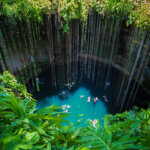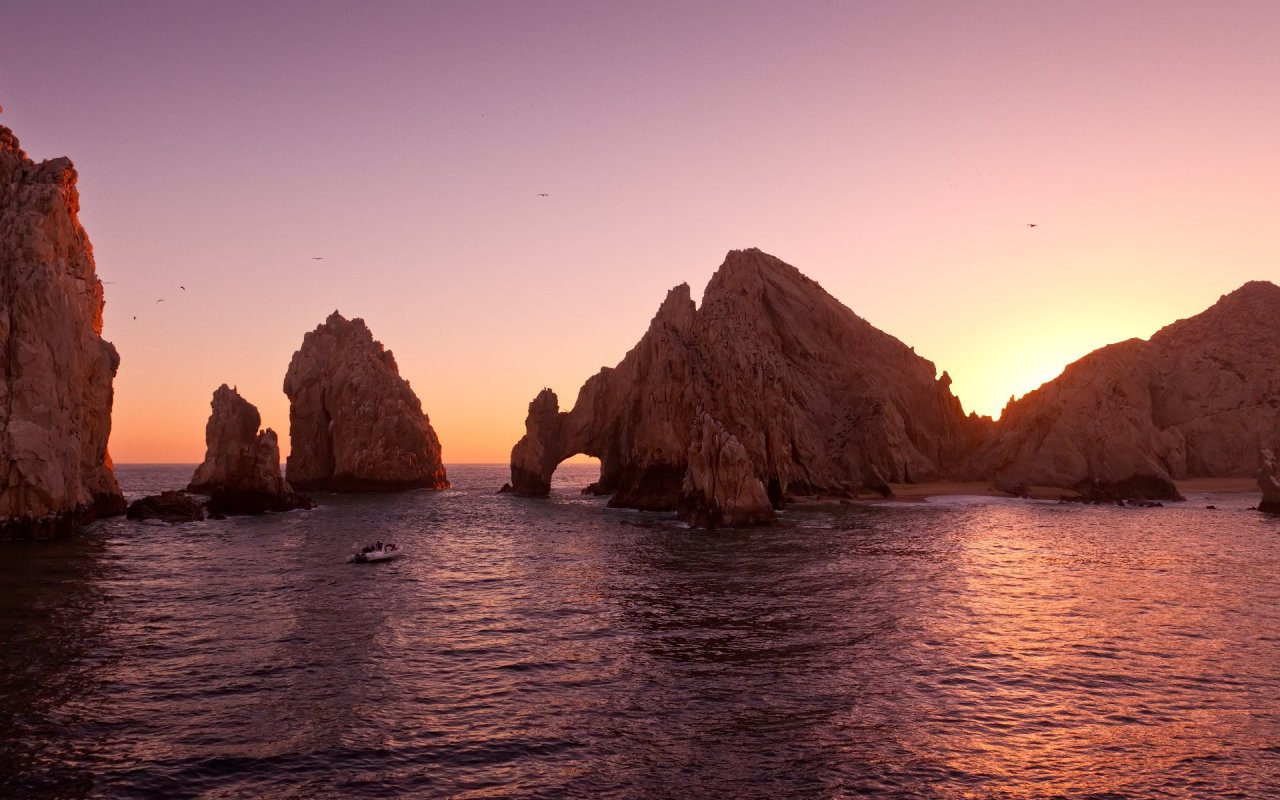Map of the regions of Mexico
Our tourist map of the country and its main attractions and sites to visit
Hightlights and must sees in Mexico and our travel agency's favorites.
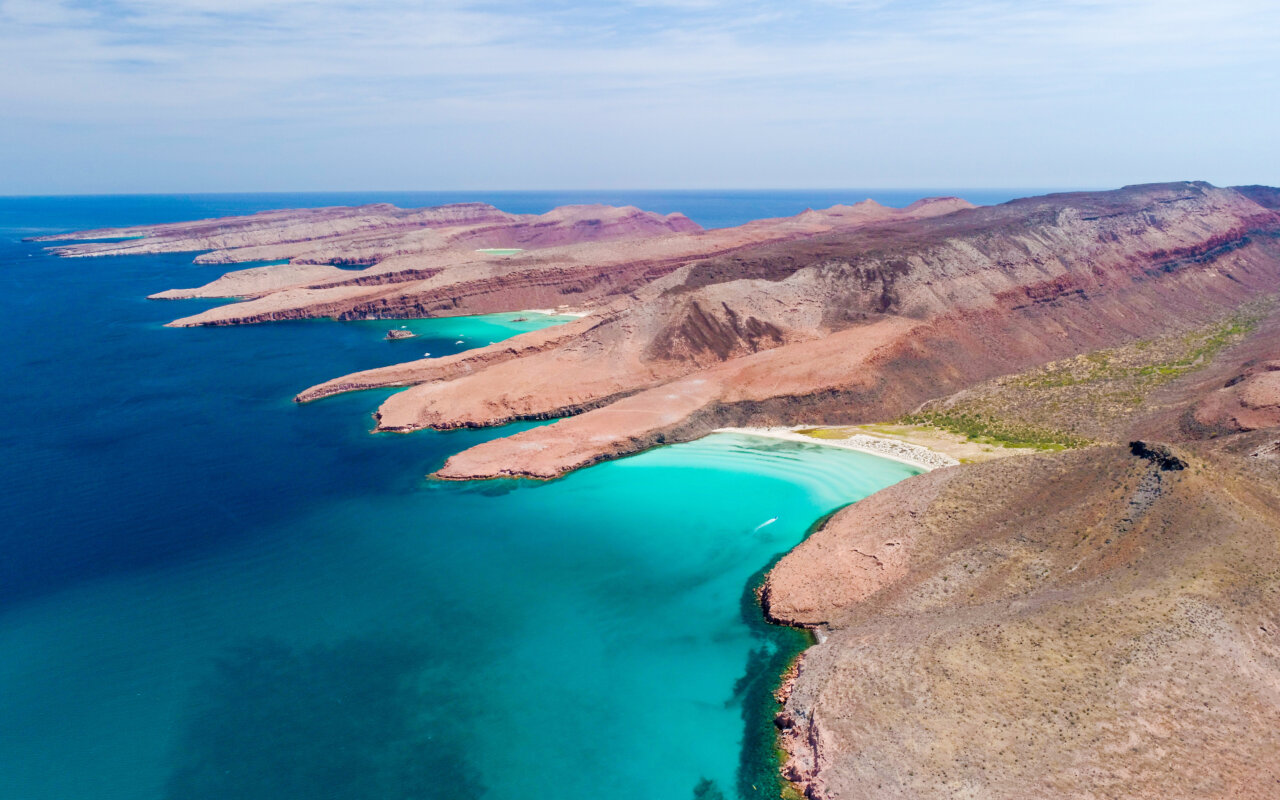
Baja California
Regarded as one of the most sought-after tourist destinations in the world, the state of Baja California Sur offers tourists unheard of adventure, comfort and relaxation, and endless fun. From the pristine blue waters of the Sea of Cortez to the Pacific Ocean, this land boasts spectacular cities, charming towns, vast deserts and magnificent mountains. All of these important elements work together to create a beautiful concert of natural beauty to impress even the most seasoned of travelers.
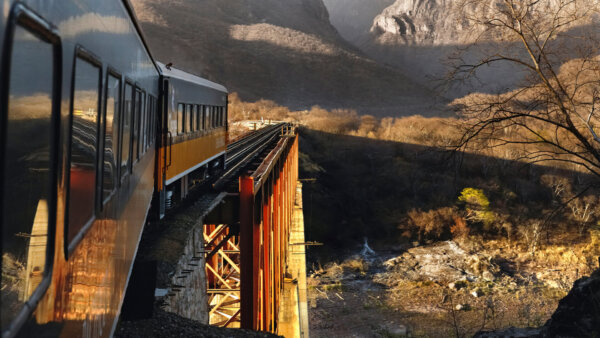
Copper Canyon
Copper Canyon is a group of six distinct canyons in the Sierra Tarahumara, now established as the Copper Canyon National Park. The overall canyon system is even larger and portions are even deeper than the Grand Canyon in neighboring Arizona! The canyons were formed by six rivers, which drain the western side of the Sierra Tarahumara (a part of the Sierra Madre Occidental). All six rivers merge into the Rio Fuerte and empty into the Sea of Cortez. The walls of the canyon are a copper/green color which is where the name originates.
There are many ways to explore Copper Canyon such as hiking, biking, driving or horseback riding. The most popular however is by train! The Ferrocarril Chihuahua al Pacífico, or CHEPE, runs along the main canyon called Canyon Urique, between Chihuahua and Los Mochis, on the Gulf of California. The trip includes 87 tunnels and 35 bridges with stopovers in Creel and Divisadero so you can take in the breathtaking views. The canyons are home to approximately 290 species of birds, including 10 in danger of extinction. Almost one third of Mexico’s land mammals can be found in the canyon region. More than 3,500 species of plants grow here: among these are more than 400 wild medicinal plants.
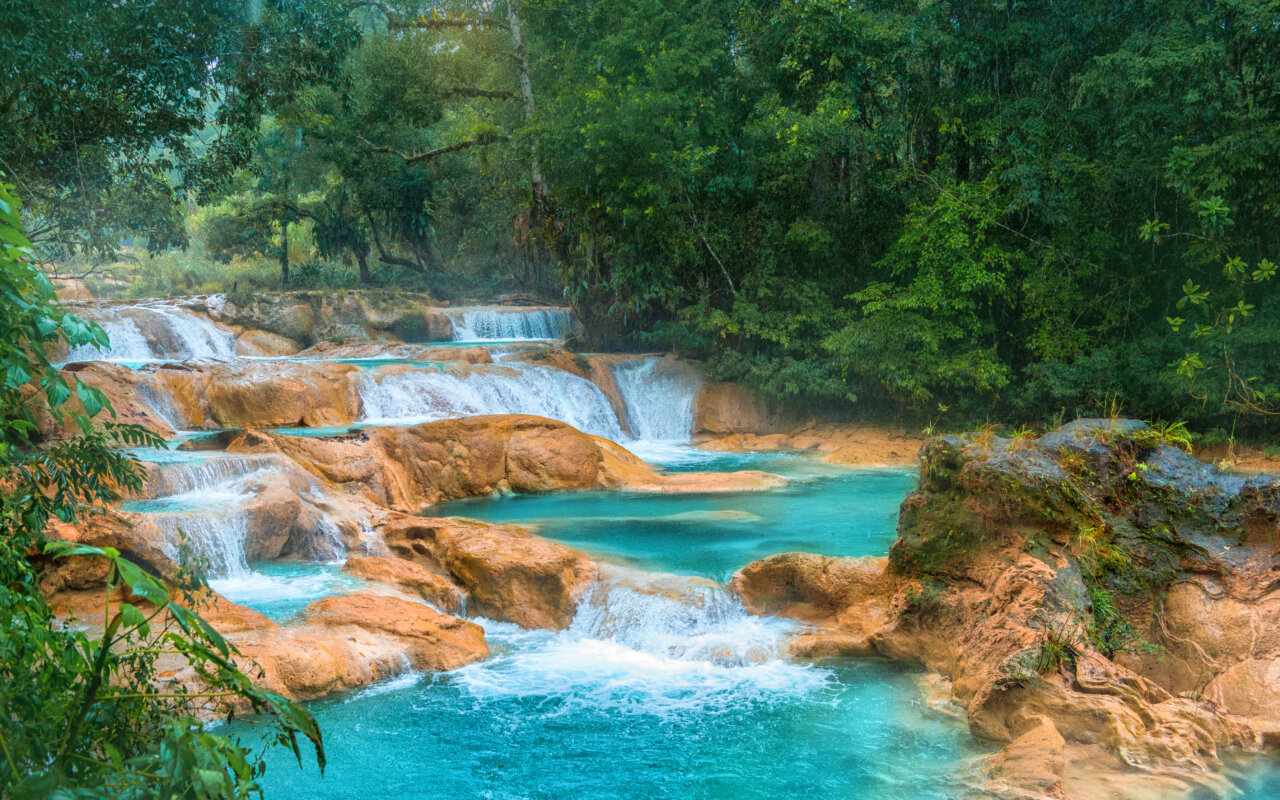
Chiapas
Chiapas is famous for its wide variety of festivities, traditions, crafts and cuisine. You’ll also find a lot of natural beauty in Chiapas with sites like the Canon del Sumidero National Park, the Cascadas de Agua Azul Biosphere Reserve and the Montebello Lagoons, where you’ll see turquoise-blue waters surrounded by a forest with indigenous plant and animal species.
What's more, here, you can visit fascinating Mayan archaeological site, including those at Tonina, Bonampak, Yaxchilan and mysterious Palenque, where archaeologists have made recent discoveries! Nearby, in the magical city of San Cristobal de las Casas, you’ll see beautiful religious buildings like the Cathedral and the Templo de Santo Domingo. Visit the plazas and markets, where you’ll find crafts, clothing and wooden sculptures made by Tzotzil, Tzeltal and Lacandon indigenous artisans. In the surrounding areas of Tuxtla Gutierrez, the state capital, marvel at important historic buildings like the Cathedral of San Marcos and the Antiguo Palacio de Gobierno! Visit the towns of Chiapas de Corzo, San Juan Chamula and Comitan de Dominguez. There you’ll see splendid architecture, various festivities and Spanish and Mayan influenced traditions.
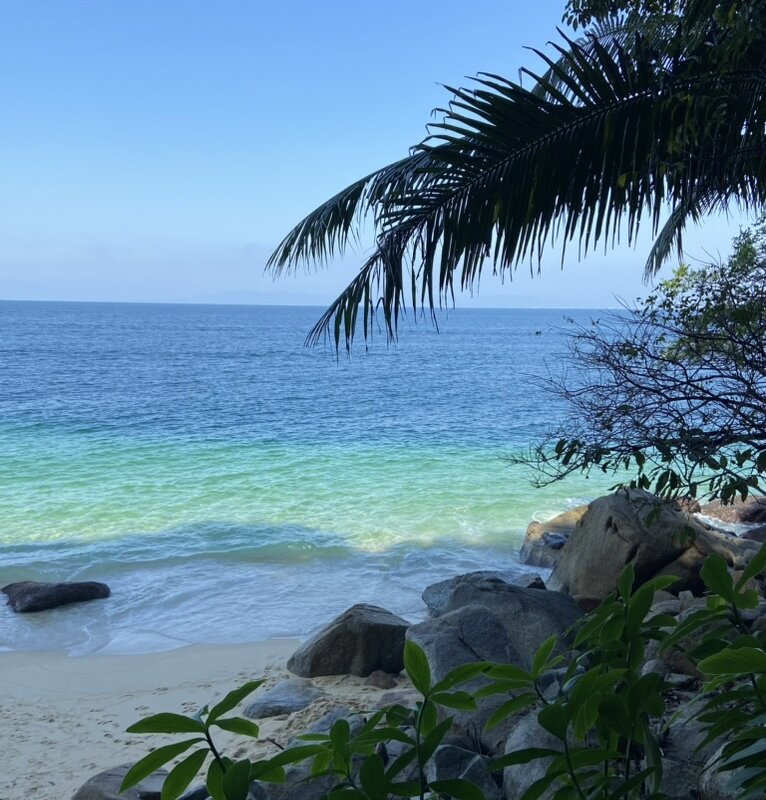
Pacific Coast
The Pacific Coast contains some of Mexico’s primary beach resorts as well as other, lesser-known, beautiful spots and small coastal villages, backed by sweeping jungles that reach down to the clear blue waters of the Pacific. Known as the Mexican Riviera, the central coast has international beach resorts like Acapulco and Puerto Vallarta, excellent seafood and a large selection of adventure tourism attractions and activities. It one of the leading resort destinations in the country! Miles of palm trees, golden beaches and picturesque bays, excellent surf, active nightlife, elegant dining and luxury accommodation are the main focus of this part of Mexico.
From Mazatlán in the north, the ‘Pearl of the Pacific, to the exhilarating action of the famous La Quebrada divers of Acapulco, bird watching near the small fishing village of San Blas and the jade green waters of Puerto Escondido, the Pacific coastal region holds something for everyone, whether looking for action or relaxation.

The North
Travelers thirsty for adventure will be satisfied with a visit to Coahuila, Nuevo León, Tamaulipas and Durango on the wild borders of northeastern Mexico! Visit this region of canyons, where climbers can abseil over waterfalls, caving enthusiasts can go spelunking in extraordinary caves and bungee jumpers can swing between two steep cliffs.
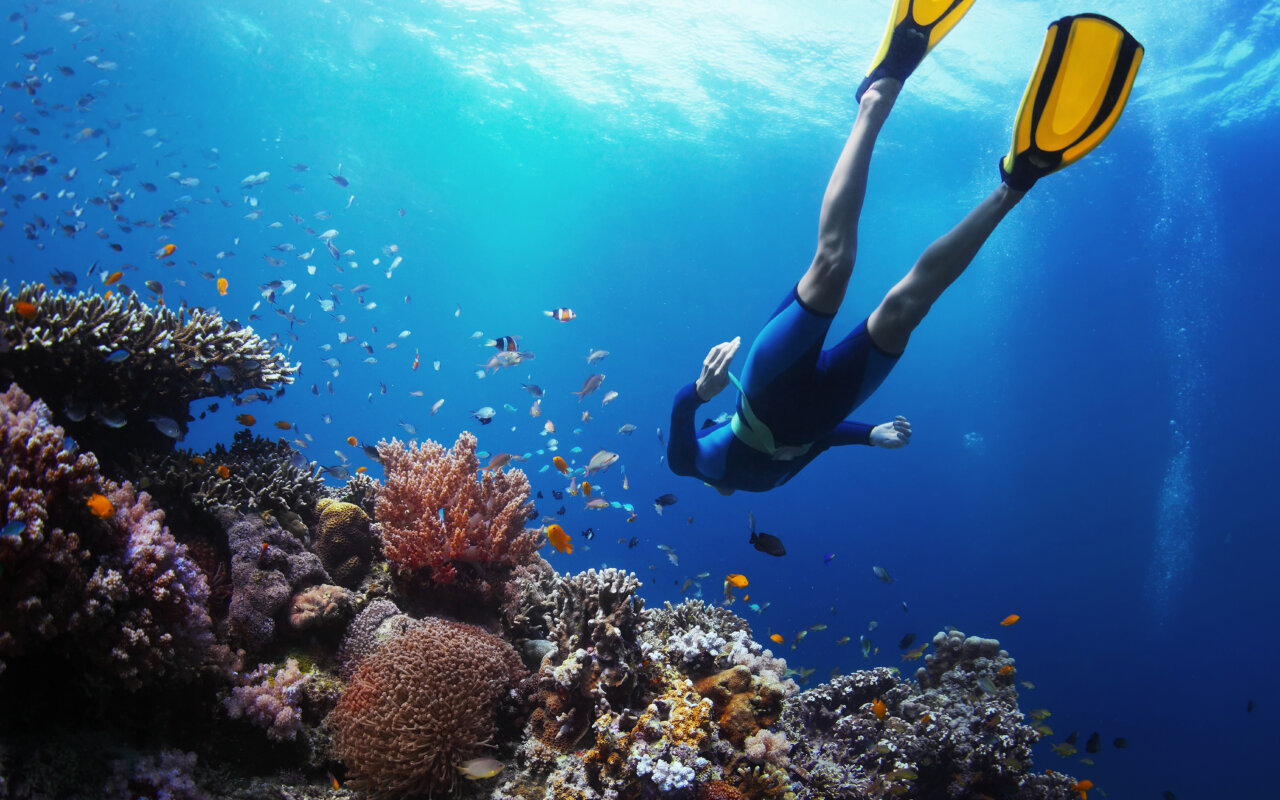
Sea of Cortes
Just south of California lies an unrushed and uncrowded inland sea known as the Gulf of California, the Vermilion Sea or the Sea of Cortez/Cortes. A bird watcher's paradise: this rich archipelago serves as an important bird refuge and migration corridor! Author John Steinbeck and marine biologist Ed Ricketts found the Sea of Cortes to be “ferocious with life.” Jacques Cousteau, the famous French explorer and pioneer of marine conservation, described it as the “world’s aquarium” and the “Galápagos of North America.”
We tend to agree. UNESCO even declared it a World Heritage Site and Biosphere Reserve, noting it as one of the most biologically diverse marine environments on Earth! These wildlife-rich waters and islands are home to both plants and animals found nowhere else.
Each step in Mexico’s Sea of Cortés uncovers a world of breathtaking beauty and wildlife - giant and small lizards, sea turtles, boobies, pelicans, frigate birds, blue whales, gray whales, orca, humpback, pilot and fin whales, dolphins, whale sharks, mantas, and sea lions. Kayak in coastal mangroves and in crystalline blue coves. Hike along dunes, cactus-clad ridges, and among desert scrub. Swim with playful sea lions, watch whales, and snorkel among colorful coral. And in a picturesque setting of red rock cliffs, discover a centuries-old town or relax on a white-sand beach. Explore this extraordinary place and discover firsthand how small the human presence here truly is.
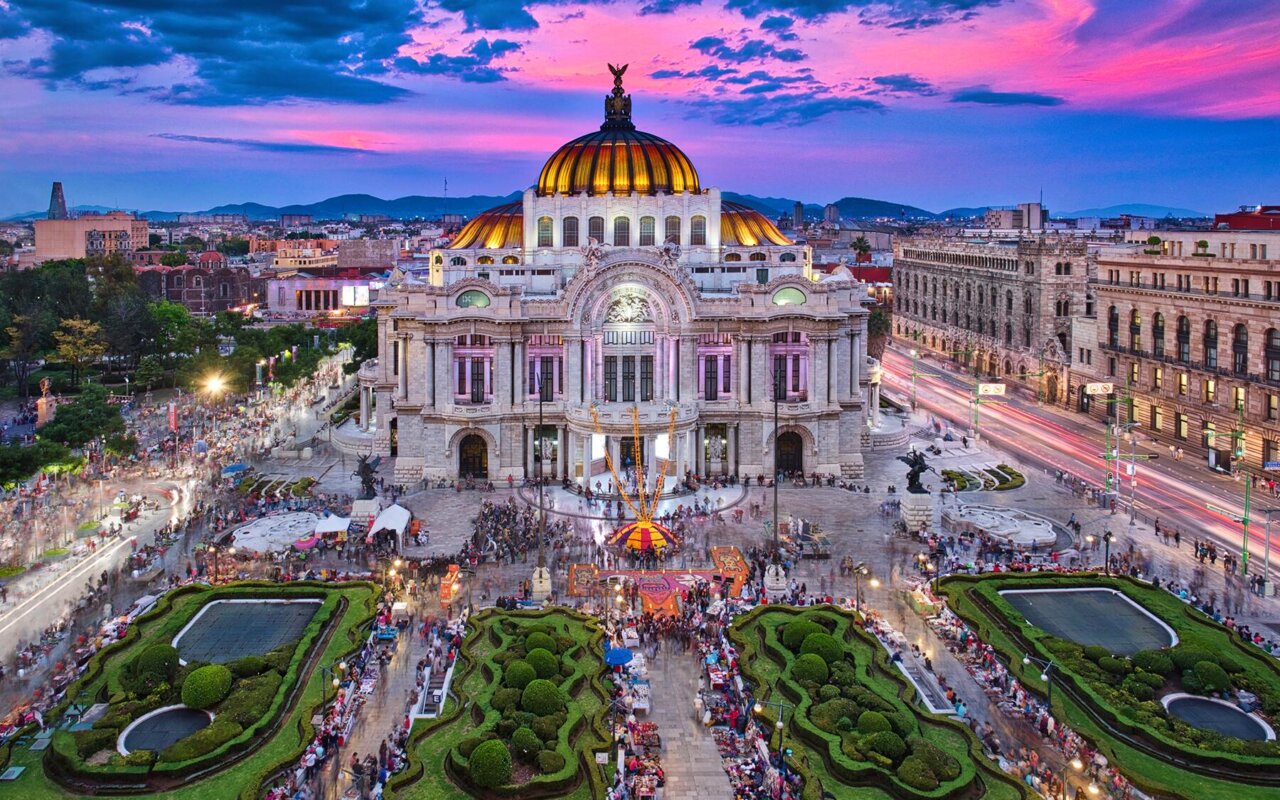
Mexico City
Mexico City, the oldest metropolis on the American continent, is perched atop a highland valley at about 2,240 meters (7,392 feet) above sea level. Towering high above the city’s southeast side are two volcanoes: Popocatepetl and Iztaccihuatl. The nation’s capital, now one of the world's largest and most densely populated cities, has some of the best weather in the world with an average temperature of 22º C (72º F). Mexico City is a cosmopolitan metropolis, where new and old traditions coexist side by side. Here, you'll find remarkable Aztec ruins, colonial monuments and an impressive series of large public buildings constructed in the 19th and 20th centuries. Go shopping at bazaars and crafts markets in the Coyoacan and San Angel neighborhoods or the exclusive boutiques and shopping centers in the posh communities of Santa Fe and Polanco, where you’ll be surrounded by the five star hotels and restaurants.

Oaxaca
Located in Mexico’s southern region along the Pacific coast, Oaxaca is covered with valleys and mountain chains. In this state, known for its important history and culture, you’ll have the opportunity to visit various town and cities inhabited by about 16 distinct ethnic groups. In many of these places, the indigenous people have preserved acient traditions and customs.
The city of Oaxaca, the state capital, is a must-see! A colonial city with some of the nation’s most magnificent architecture, you'll see Baroque buildings and green quarry stone constructions. Visit important museums like the Museo de las Culturas de Oaxaca, which is housed in the Ex-Convent of Santo Domingo. Enjoy the city’s traditional fiestas, such as Noche de Rabanos and Guelaguetza. Oaxaca also has diverse archaeological sites, including the Zapotec ruins at Monte Alban, declared a World Heritage Site by the UNESCO, and Mitla, which is known for it's intricate fretwork and unique mosaics.
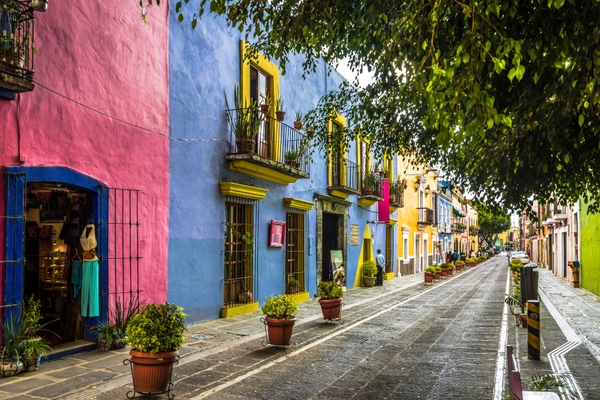
Puebla
The state of Puebla is located in Mexico’s central region in a zone with great biodiversity, consisting of sierras, forests, valleys and one of the nation’s most important river basins. In addition to being home to the traditional dances of Quetzales and Voladores, you'll find various place of interest such as archaeological site, the La Malinche National Park, and the Popocatepetl and Iztaccihuatl volcanoes, which are covered with coniferous forests. These areas are ideal for trekking, hiking and mountain climbing. The area is also famous for the Talavera crafts and the exquisite cuisine, including delicious dishes like mole, chiles en nogada (stuffed poblano chili peppers bathed in walnut sauce) and sweetmeats made from marzipan, goat’s milk, caramel and yams.
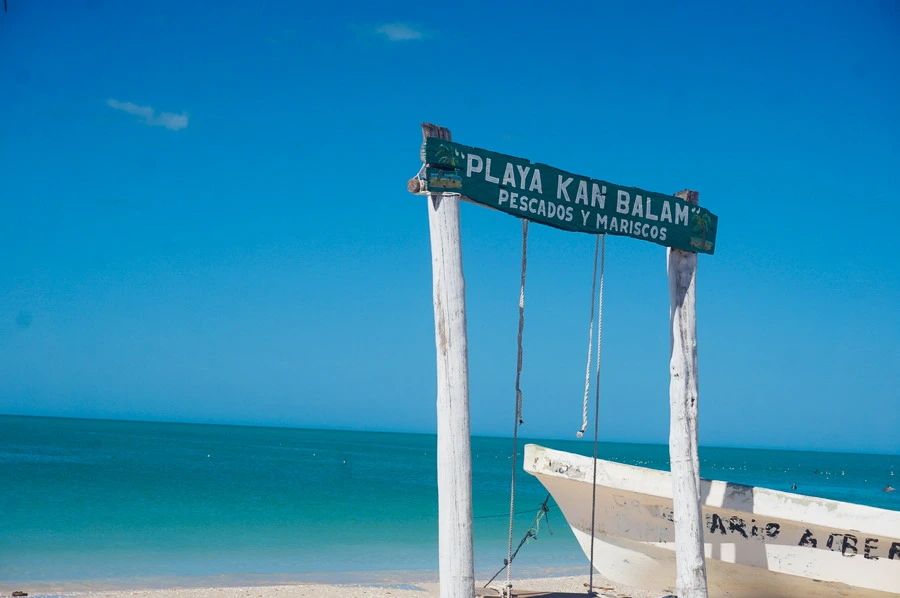
Quintana Roo and the Riviera Maya
Located on the eastern side of the Yucatan Peninsula, Quintana Roo offers visitors the beautiful waters of the Caribbean Sea, top-quality resorts, white-sand beaches, marvelous ecological reserves and ancient Mayan ruins. Here, visit all kinds of places ranging from Cancun, an important destination for national and international tourists with a 30 km (19 mile) stretch of beaches and an impressive hotel zone, to the Sian Ka’an Biosphere Reserve, which was declared a UNESCO World Heritage Site.

Veracruz & Tabasco
Located in Mexico’s Eastern region along the Gulf coast, Veracruz has a tropical climate and impressive natural scenery. You'll find sites such as the Citlatapetl Volcano and Pico de Orizaba, the highest peak in the nation. Visit picturesque cities and towns that have preserved their local architecture. Veracruz’s geographic location and wonderful climate make it the ideal destination forall kinds of outdoor recreational activities, including hiking, rafting, horseback riding and thrilling rappelling outings accompanied by experienced guides. Pico de Orizaba National Park covers 19,750 hectares (48,782 acres) and has the highest mountain in Mexico. At the town of Catemaco you can a take boat ride across the lagoon to the Isla de los Monos, famous for its howler monkey population. The reef system, Sistema Arrecifal Veracruz, is one of Mexico’s most important marine parks due to its abundant coral formations. Along the coast you can visit the Costa Esmeralda, a 50 km (31 mi) beach strip north of the Port of Veracruz. Finally, take a trip back in time as you explore the archeological sites of El Tajin, Cempoala and Quiahuiztlan.
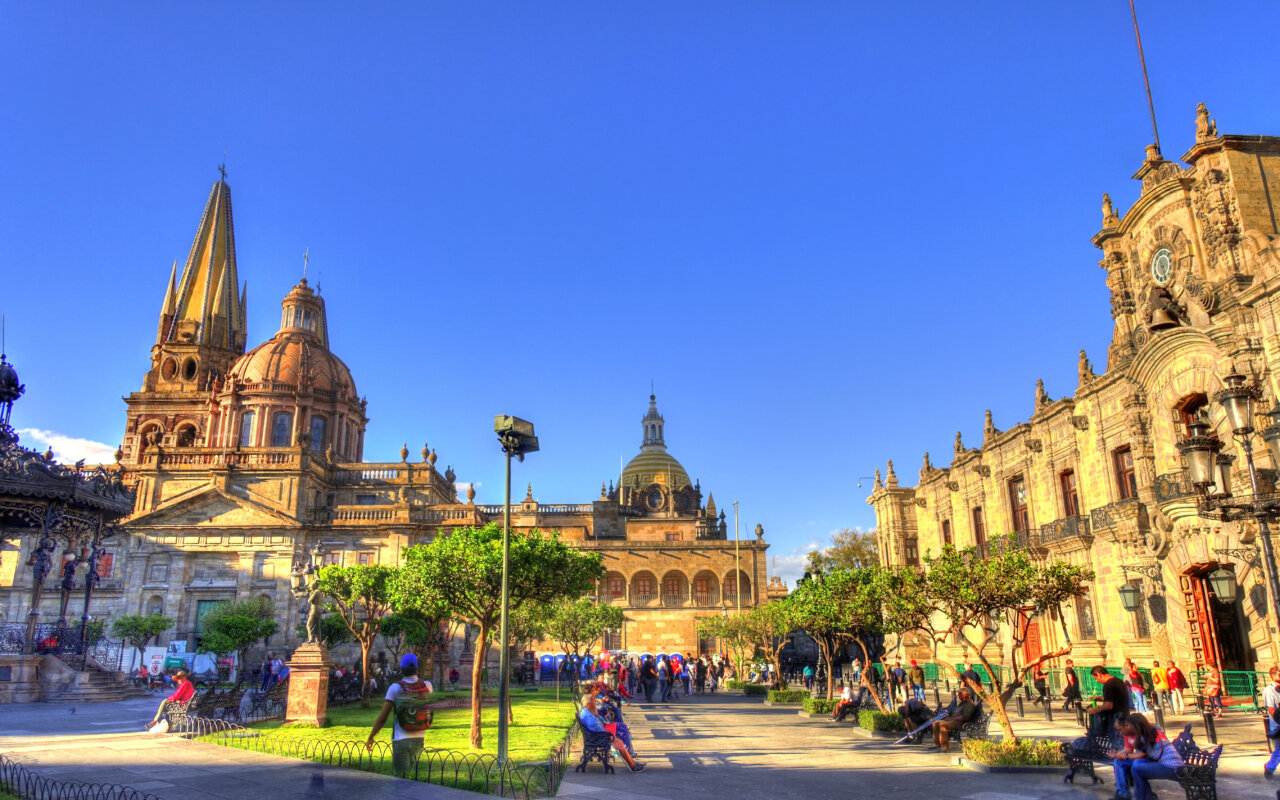
Colonial Cites
Mexico is dotted with several colonial cities and almost all have won praise for their perfect layout, the harmony of their details or their historical significance! Opulent colonial constructions: houses, haciendas, monasteries, hospitals, the headquarters of mines and farming estates, government buildings and, of course, churches embellish Mexico City as well as the cities of Oaxaca, Puebla, Guanajuato, Morelia, Zacatecas, Querétaro, Campeche, Veracruz and many others!
These cities are admired and photographed every day by locals and travelers alike. These elegant Mexican buildings are witness to the passage of time, revealing their secrets only to those who choose to wander these roads paved with history.

Yucatan & Campeche
Entering Yucatan is like opening a chest full of endless treasures. This Mexican state is home to a stunning array of cultural wealth and varied natural landscapes: ancient Mayan ruins and contemporary indigenous villages; sprawling haciendas and gorgeous colonial cities; modern museums and a worldly population. Add to that the state’s natural riches, including the world’s largest--and pinkest--colony of flamingos and geologic idiosyncrasies such as cenotes (natural sinkholes) and a vast network of caves. The proud inhabitants of this south-eastern Mexican zone are faithful to the customs they inherited from a fascinating cultural mix of indigenous and Spanish elements that have occurred over the past centuries. Still, they aware of the winds of change and modernity that blow through this peninsular enclave nowadays.
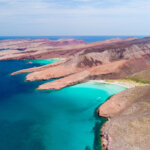
Baja California
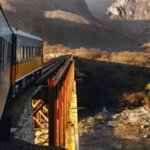
Copper Canyon
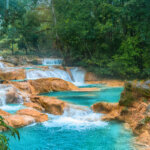
Chiapas
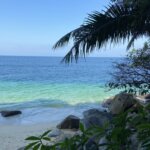
Pacific Coast
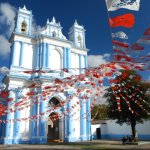
The North
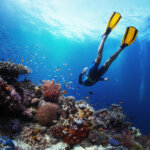
Sea of Cortes
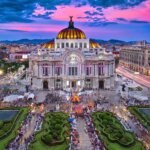
Mexico City
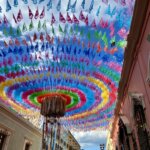
Oaxaca
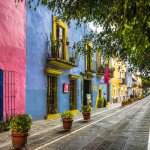
Puebla
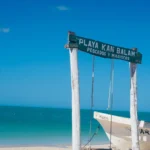
Quintana Roo and the Riviera Maya

Veracruz & Tabasco
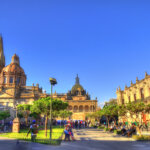
Colonial Cites
